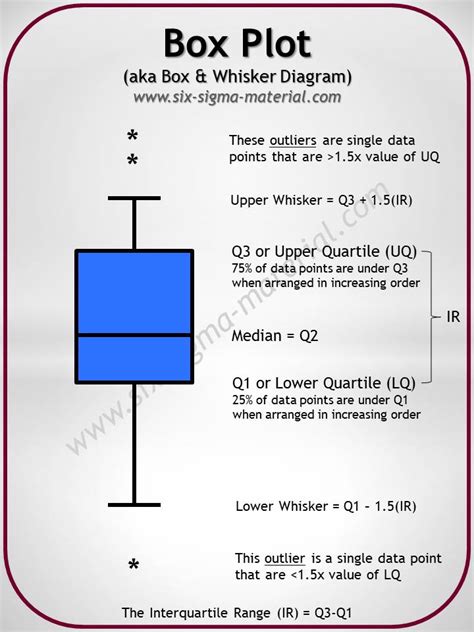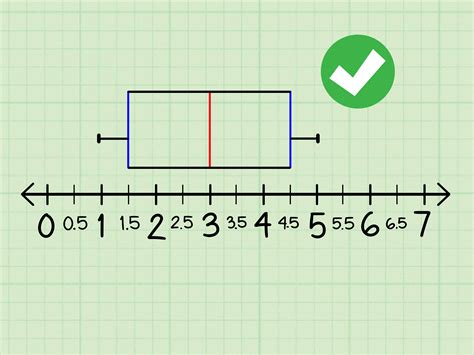box plot even distribution Box plots are used to show distributions of numeric data values, especially when you want to compare them between multiple groups. They are built to provide high-level information at a . We'd like to add some sort of covering on the section closest to the door so you don't get rained on while looking for our keys, or when guests are waiting for us to answer the doorbell. The .
0 · understanding box plots for dummies
1 · how to make a box and whisker plot
2 · different types of box plots
3 · describing shape of box plots
4 · boxplot shape of distribution
5 · box plot for normal distribution
6 · box plot distribution interpretation
7 · box and whisker chart type
The metal fabrication market in the U.S. was valued at US$362.4 Bn in 2020 and is expected to cross US$ 473.7 Bn by 2031. In terms of raw material, the iron & steel segment constituted key share of the metal fabrication market in the U.S. in 2020 .
A box plot, sometimes called a box and whisker plot, provides a snapshot of your continuous variable’s distribution. They particularly excel at comparing the distributions of groups within your dataset. A box plot, also known as a box-and-whisker plot, is a graphical representation of the distribution of a dataset. It summarizes key statistics such as the median, quartiles, and outliers, providing insights into the spread and .Box plots are used to show distributions of numeric data values, especially when you want to compare them between multiple groups. They are built to provide high-level information at a .
A boxplot, also known as a box plot, box plots, or box-and-whisker plot, is a standardized way of displaying the distribution of a data set based on its five-number summary .
First, the box plot enables statisticians to do a quick graphical examination on one or more data sets. Box-plots also take up less space and are therefore particularly useful for comparing distributions between several groups or sets of data in .A box plot, also referred to as a box and whisker plot, displays how elements in a data set are distributed throughout the set using a five number summary: Minimum - smallest value in the .Review of box plots, including how to create and interpret them.
Another thing to be aware of is that a boxplot does not display the distribution of data as precisely as a histogram or other distribution charts. In certain situations, boxplots can obscure important underlying information.A boxplot, also known as a box-and-whisker plot, is a fantastic tool for visualizing the distribution, spread, and variability of your data. Think of it as a quick summary of your data’s story—it . Box plots visually show the distribution of numerical data and skewness by displaying the data quartiles (or percentiles) and averages. Box plots show the five-number summary of a set of data: including the minimum score, first (lower) quartile, median, third (upper) quartile, and maximum score.A box plot, sometimes called a box and whisker plot, provides a snapshot of your continuous variable’s distribution. They particularly excel at comparing the distributions of groups within your dataset.
A box plot, also known as a box-and-whisker plot, is a graphical representation of the distribution of a dataset. It summarizes key statistics such as the median, quartiles, and outliers, providing insights into the spread and central tendency of the data.
understanding box plots for dummies

Box plots are used to show distributions of numeric data values, especially when you want to compare them between multiple groups. They are built to provide high-level information at a glance, offering general information about a group of .A boxplot, also known as a box plot, box plots, or box-and-whisker plot, is a standardized way of displaying the distribution of a data set based on its five-number summary of data points: the “minimum,” first quartile [Q1], median, third quartile [Q3] and “maximum.”
merry manor metallic fabric
First, the box plot enables statisticians to do a quick graphical examination on one or more data sets. Box-plots also take up less space and are therefore particularly useful for comparing distributions between several groups or sets of data in parallel (see Figure 1 for an example).A box plot, also referred to as a box and whisker plot, displays how elements in a data set are distributed throughout the set using a five number summary: Minimum - smallest value in the set; it is the left-most point of the plot.Review of box plots, including how to create and interpret them.
Another thing to be aware of is that a boxplot does not display the distribution of data as precisely as a histogram or other distribution charts. In certain situations, boxplots can obscure important underlying information.A boxplot, also known as a box-and-whisker plot, is a fantastic tool for visualizing the distribution, spread, and variability of your data. Think of it as a quick summary of your data’s story—it shows you where most of your data lies, and even points out those pesky outliers. Box plots visually show the distribution of numerical data and skewness by displaying the data quartiles (or percentiles) and averages. Box plots show the five-number summary of a set of data: including the minimum score, first (lower) quartile, median, third (upper) quartile, and maximum score.
how to make a box and whisker plot
A box plot, sometimes called a box and whisker plot, provides a snapshot of your continuous variable’s distribution. They particularly excel at comparing the distributions of groups within your dataset. A box plot, also known as a box-and-whisker plot, is a graphical representation of the distribution of a dataset. It summarizes key statistics such as the median, quartiles, and outliers, providing insights into the spread and central tendency of the data.
Box plots are used to show distributions of numeric data values, especially when you want to compare them between multiple groups. They are built to provide high-level information at a glance, offering general information about a group of .A boxplot, also known as a box plot, box plots, or box-and-whisker plot, is a standardized way of displaying the distribution of a data set based on its five-number summary of data points: the “minimum,” first quartile [Q1], median, third quartile [Q3] and “maximum.”
First, the box plot enables statisticians to do a quick graphical examination on one or more data sets. Box-plots also take up less space and are therefore particularly useful for comparing distributions between several groups or sets of data in parallel (see Figure 1 for an example).
A box plot, also referred to as a box and whisker plot, displays how elements in a data set are distributed throughout the set using a five number summary: Minimum - smallest value in the set; it is the left-most point of the plot.Review of box plots, including how to create and interpret them.

Another thing to be aware of is that a boxplot does not display the distribution of data as precisely as a histogram or other distribution charts. In certain situations, boxplots can obscure important underlying information.
different types of box plots


menards metal brackets
mens stainless steel 22 box chain necklace
RS-232 has two FIFO buffers, one each for receiving and sending data. Even with a serial port it is easy to send data faster than the CNC machine is ready to accept it.
box plot even distribution|understanding box plots for dummies